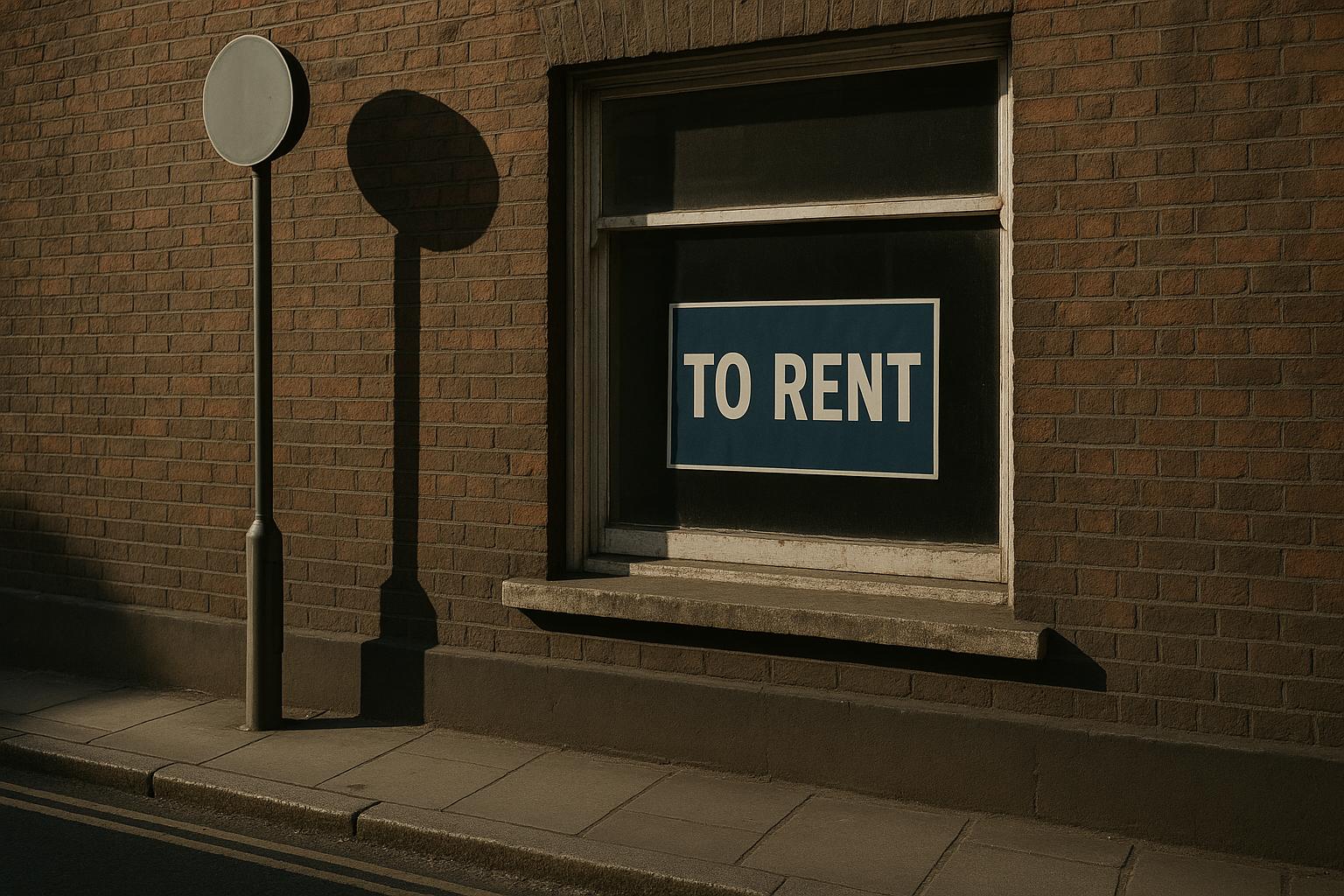Rental prices for one-room apartments are climbing steadily across major global cities in 2025, with economic hubs London and Singapore leading the pack in terms of cost. According to an analysis reported by RIA Novosti, the average monthly rent for a one-room apartment in London and Singapore reached approximately $2,700, with certain central London districts commanding prices as high as $3,100. Experts attribute this surge to a blend of factors, including population growth, migration, rising construction costs, and a buoyant investment market.
The global picture, however, reveals some regional variation in the rankings of the most expensive cities for renting one-bedroom apartments. For instance, Deutsche Bank data referenced by Visual Capitalist highlights an even more expensive rental market in New York, where the average cost stands at $4,143 per month—a 22% increase over five years. Alongside New York, other U.S. cities such as Boston, San Francisco, Los Angeles, and Dubai also make the top ten list, illustrating how demand and limited housing supply in major economic centres drive up prices.
In the U.S. context, Miami emerges as the priciest city for one-bedroom rentals regionally, with median rents of $2,650 as of July 2025, according to Zumper’s National Rent Report. Miami Beach and Coral Gables also report steep rent prices, while more affordable options remain in cities like Miami Gardens, where rents average $1,500. Similarly, San Diego ranks tenth nationwide, with median rents around $2,350. Other metropolitan areas like Portland and Bakersfield exhibit lower rent levels, placing 39th and 72nd respectively on national cost rankings, but still showing year-over-year rent growth that signals ongoing housing pressure.
European cities beyond London also feature prominently among the most expensive rental markets. Amsterdam ($2,250), Dublin ($2,200), Reykjavik ($2,160), Luxembourg ($2,000), Bern ($1,800), and Copenhagen ($1,750) are among the top ten according to the London-Singapore data. Analysts underline that in these cities, rental prices are shaped not only by demand but also by high standards of living, sophisticated infrastructure, and quality of services. London and Singapore’s status as major international financial centres further amplifies their rental market pressures.
To address escalating rental costs and increased competition for housing, several countries have begun developing regulatory frameworks aimed at protecting tenants and controlling price inflation. These measures emerge amid broader concerns that surging rents could widen social inequality and reduce housing accessibility in key economic regions.
While the global rental landscape varies considerably, with North American cities often exhibiting the highest absolute prices, the broader trend is one of sustained upward pressure fueled by demographic changes, market dynamics, and the persistent attractiveness of urban economic hubs. This evolving market highlights the ongoing challenge for policymakers and urban planners striving to balance growth with affordability and tenant protections.
📌 Reference Map:
- Paragraph 1 – [1], [4]
- Paragraph 2 – [2]
- Paragraph 3 – [3], [4], [5], [6]
- Paragraph 4 – [1]
- Paragraph 5 – [1]
- Paragraph 6 – [1]
Source: Noah Wire Services
